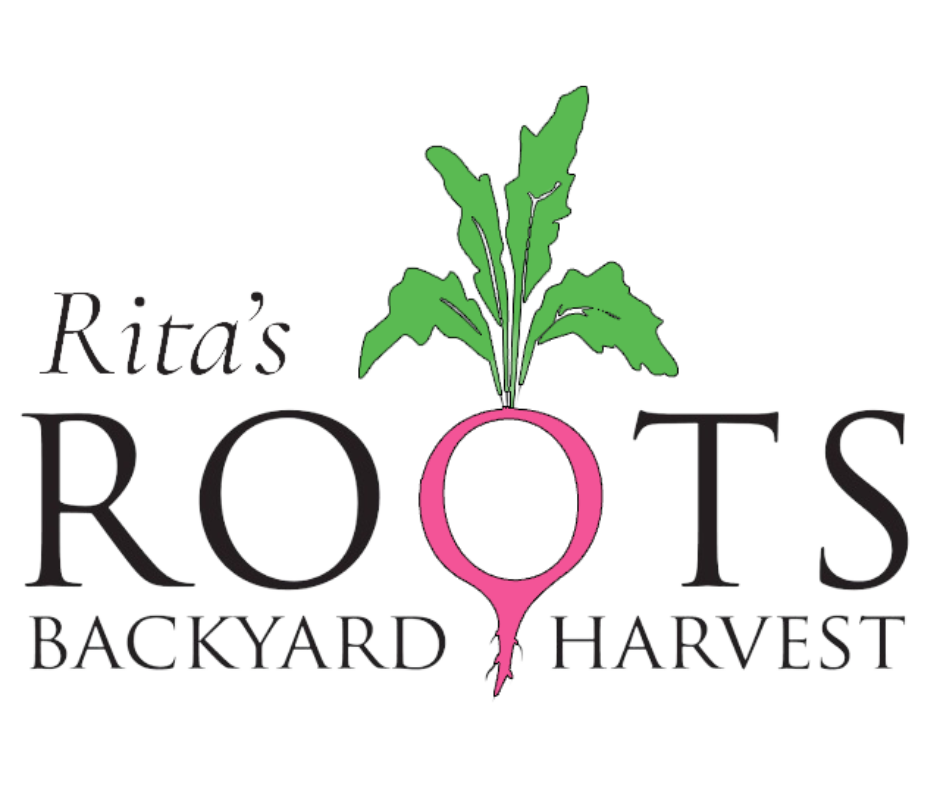Pollinators: The Unsung Garden Heroes
As gardeners, we know healthy soil, abundant sunlight and proper watering are crucial to a successful garden.
But pollinators are the real unsung heroes— working diligently everyday to keep our plants thriving without any notice.
Pollinators play a crucial role in maintaining the delicate balance of ecosystems and ensuring the survival of numerous plant species. From buzzing bees and fluttering butterflies to diligent birds and even tiny insects, these remarkable creatures facilitate the transfer of pollen, enabling plants to reproduce.
Let’s take a quick look at the fascinating world of common pollinators, exploring their unique characteristics, behaviors, and the vital role they play in our environment.
BEES
Bees are perhaps the most well-known and celebrated pollinators. They come in various species, such as honeybees, bumblebees, and solitary bees. Bees are attracted to flowers by their vibrant colors and sweet nectar. As they move from flower to flower, they collect pollen on their bodies, aiding in the fertilization process. Bees are incredibly efficient pollinators and are responsible for pollinating a significant portion of the world's food crops.
BUTTERFLIES
Butterflies, with their elegant wings and graceful flight, are not only a delight to behold but also valuable pollinators. They’re attracted to brightly colored flowers and feed on nectar using their long proboscis. As they visit flowers, they inadvertently transfer pollen from one plant to another. Butterflies have specific preferences for certain flower shapes and colors, making them important for the pollination of specific plant species.
Marigolds, lavender, yarrow, bee balm and sunflowers are just a handful of plants butterflies love that also grow beautifully here in the Lowcountry— the list goes on!
HUMMINGBIRDS
The vibrant and agile hummingbirds are not only the smallest bird species but also exceptional pollinators. These marvels are attracted to brightly colored tubular flowers, which perfectly accommodate their long beaks and tongues. As hummingbirds feed on nectar, pollen sticks to their heads and feathers, facilitating cross-pollination when they visit other flowers. They play a vital role in the pollination of numerous flowering plants— salvia, zinnias and sage are a few of their favorites and grow well in our region of South Carolina.
BEETLES
Beetles may seem like an unlikely group of pollinators, but they have been around for millions of years and have been pollinating long before other insects evolved. Some beetles are a problem (looking at you, Japanese Beetle!) but some can be beneficial. Unlike bees and butterflies, beetles are not attracted to colorful flowers but prefer those with a strong scent. They often crawl around flowers, collecting pollen on their bodies. Beetles are crucial for pollinating certain plant families, including magnolias and lilies.
MOTHS
Moths are a surprising one on this list but they’re helpful to your garden, too! Yes, it’s true there are invasive species of moths which can cause problems. But that’s not the case for all of them. Moths, with their nocturnal habits, are often overlooked as pollinators, but they have an important role to play. Many moth species are attracted to pale or white flowers that emit a strong fragrance. They have long tongues that allow them to reach deep into flowers to access nectar. Moths inadvertently collect pollen on their bodies, transferring it to other flowers as they move from one to another.
The world of pollinators is incredibly diverse, with each species playing a unique role in plant reproduction.
Bees, butterflies, hummingbirds, beetles, and moths are just a few examples of the incredible array of pollinators found in nature. As we celebrate their beauty and diversity, it’s important to recognize the critical role they play in maintaining healthy ecosystems and sustaining our food supply. By creating pollinator-friendly habitats —planting native flowers, and minimizing the use of pesticides— we can support and protect these invaluable creatures.

